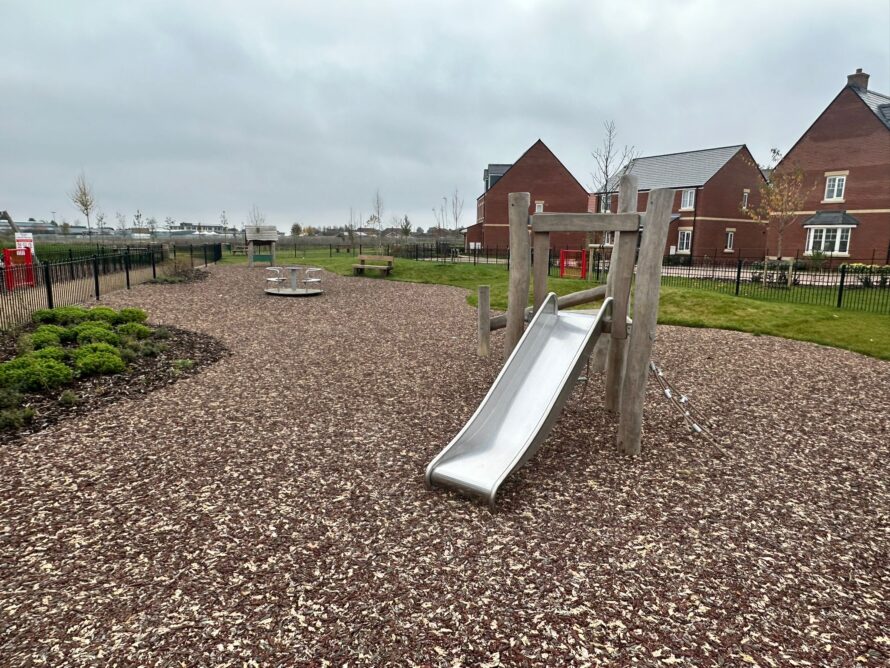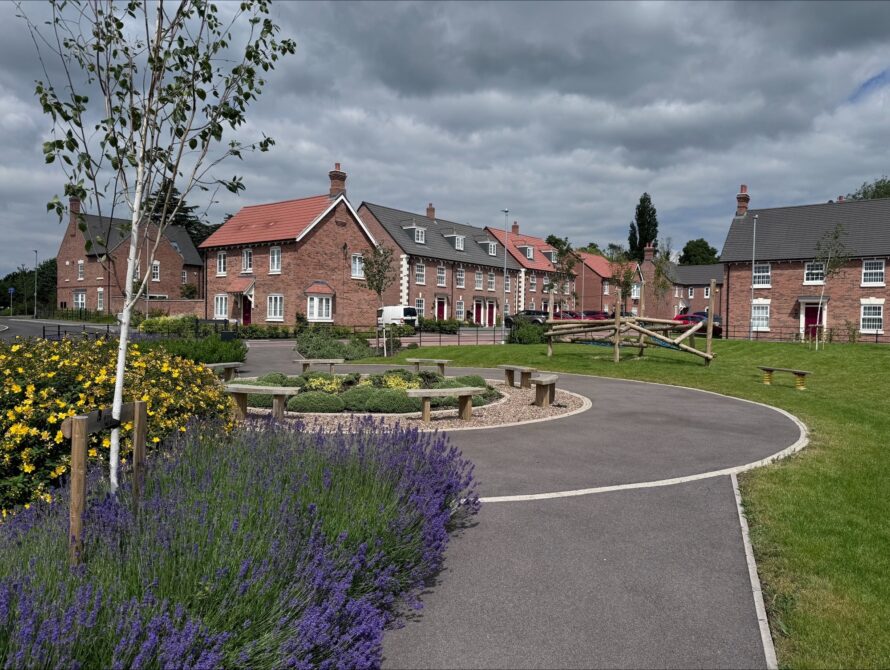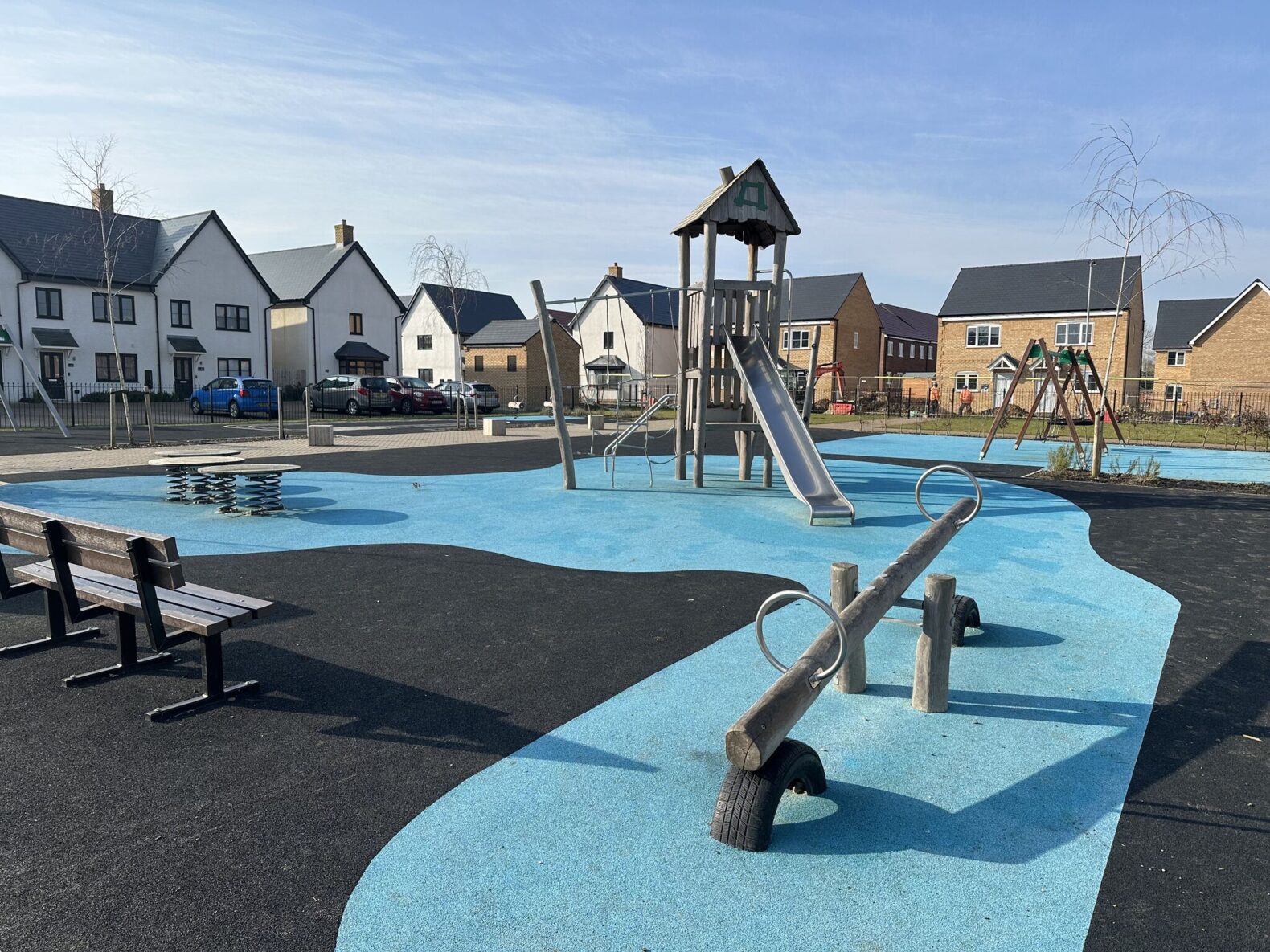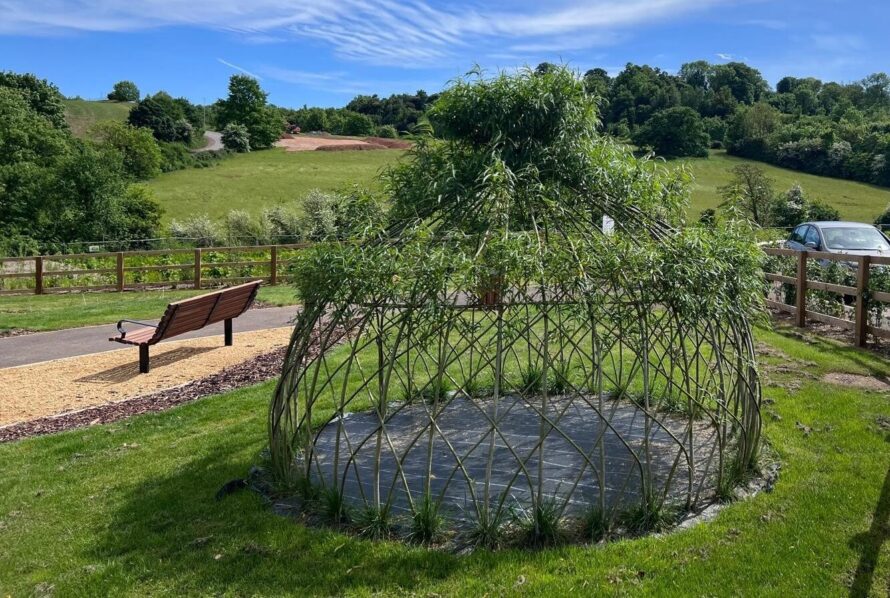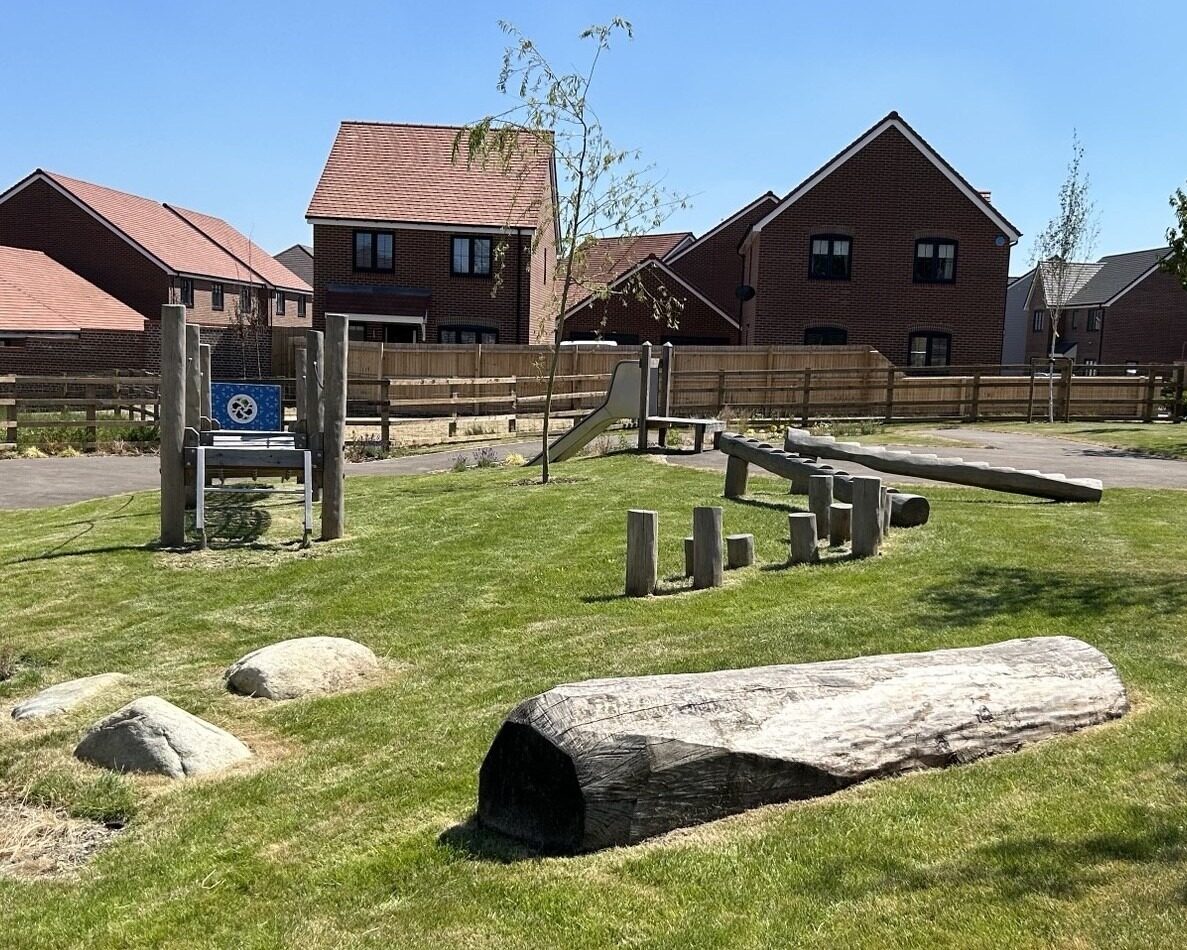Looking Ahead: 2026-2030
From 2026 to 2030, new laws are coming into place to encourage the use of more recycled materials, particularly plastics, for the transport of goods and packaging. This includes the Extended Producer Responsibility (EPR) scheme and adjustments to the Plastic Packaging Tax. These measures aim to increase the use of recycled materials and ensure all packaging is fully recyclable by 2030.
idverde Creating Play are already ahead of the curve, implementing and reviewing these changes now before the laws even come into place. idverde Creating Play are at the forefront within the industry, making plans to align with these upcoming regulations. We continue to see the rise of sustainability from a commercial perspective, ensuring that our practices not only meet but exceed future standards.
Conclusion
The future of playgrounds is bright, with inclusive design and sustainable materials shaping modern play spaces. These advancements are not only enhancing the play experience for children but also promoting environmental sustainability and inclusivity. As we continue to embrace these trends, playgrounds will become more diverse, engaging, and beneficial for all children, fostering their physical, cognitive, and emotional development in a safe, fun, and stimulating environment.
Find out more about our creating play service here.


